Whether you are a furniture maker, an eCommerce business owner, a realtor, or a retail brand – leveraging 3D modeling is the best option. Thorough knowledge of the various 3D file formats is a great advantage for this. Besides, if you want to use the 3D models for rendering or animation, the correct format will speed up the workflow for the renderer or animator. Know the different types of 3D file formats most commonly used and make your best pick.
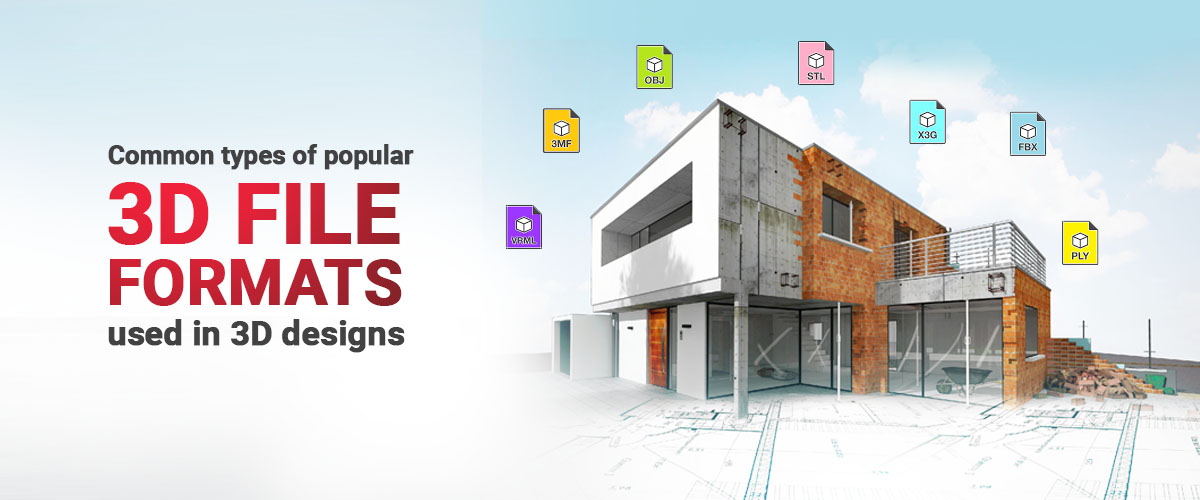
In this article, we have discussed about the 10 widely used types of 3D formats, which would allow you to identify the right format for your requirements.
Most Common 3D File Formats that You Need to Know About
-
STL
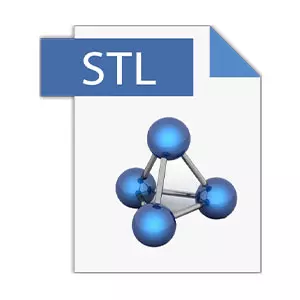
The full form of STL is “Standard Tessellation Language” or “Standard Triangle Language” mainly because of the fact that it features polygonal triangles in the mesh. In other words, a 3D file must be encoded and its surface should be converted into a simplified mesh so that it becomes compatible with a 3D printer. Storage of information becomes easier if the mesh contains small-sized triangles. This is the most versatile 3D file format as it accommodates very effective triangle scheme. This format is highly compatible with rapid prototyping, 3D printing, and computer-aided manufacturing (CAM).
-
3MF

3D Manufacturing Format or 3MF is commonly noted for being one of the best 3D printing file formats and is used for 3D model designing. This format works well with 3D designing programs developed by reputed companies such as Siemens PLM Software, Autodesk, PTC, HP, 3D Systems, Netfabb, Stratasys, Microsoft, etc.
-
3DS

3D Studio, the short form of which is 3DS is 3ds Max’s proprietary file format. It consists of information related to mesh, camera positioning, viewport configurations, bitmap links, etc. This format is also designed to store 3D animation related data as well. However, this format has become obsolete because only a certain number of polygons can be accommodated in a single file. MAX 3D format is its substitute.
-
MAX

This is the newest file format that is compatible with the recent 3ds Max versions. This format is designed to accommodate entire scenes with all elements and components. You can open it directly using 3ds Max only. MAX and 3DS are commonly used to represent 3D models for industries such as interior design, architecture, engineering, and 3D product designing.
-
OBJ

This is an open source format that supports for file export, import, and storage. This format is compatible with diverse software including Rhino 3D, Blender, Hexagon, Maya, XSI, Modo, Poser, MeshLab, MisFit Model 3D, etc. This format supports 3D printing and 3D designing and can accommodate the 3D geometry.
-
COLLADA

Its full form is COLLAborative Design Activity and it facilitates exchange of files between interactive applications and 3d software. It includes data pertaining to 3D geometry, materials, and colors. Using this format, you can easily transfer files among diverse programs such as Unity, Blender, Adobe Photoshop, Maya, Cinema 4D, Lightwave, Unreal Engine, modo, etc. This format comes with the .dae extension and is used in films, video games, and computer graphics.
-
VRML

Virtual Reality Modeling Language (VRML) is the first 3D file format designed for the web. It stores data on 3D geometry, scripts, and animation. The file extension is .wrl, however, this format is not popular with developers and so now, this has become an outdated format.
-
X3D

This format promotes shaders, multi-texture rendering, Firefox, etc. If you are using this format, you can showcase 2D and 3D content in several web browsers such as Safari, Intrenet Explorer, and Firefox across multiple operating systems including Linux, Mac OS X, and Internet Explorer. This format is highly works well with DOM, XML, XPath and certain other open source languages.
-
STEP

The full form of this format is ‘standard for Exchange of Product Model data” and this format allows for an easy exchange of files between several CAD programs and between 3D software and CAD software as well. It is compatible with the most widely used CAD programs including ArchiCAD, SolidWorks, TurboCAD, Fusion 360, CATIA, PTC Creo, OnShape, etc. You can satisfactorily use this file format if you are creating models for construction, architecture, and engineering projects. This format is used to represent product 3D models as well.
-
FBX

The full form of FBX is FilmBox and this format is particularly used in 3D models for games, films, and motion graphics. These formats can efficiently store 2D as well as 3D visual information and allows for easy data exchange between diverse software such as Apple QuickTime Player, Unreal Engine, AutoCAD, Unity 3D, 3ds Max, Maya, etc. By using 3D models of this format, you can easily transfer data between CG engines and 3D graphic editors.
-
IGES

Even though this neutral format is not developed any more, however, it is still used for the transfer of 3D models between CAE, CAM, and CAD programs. The full form of IGES is International Graphics Exchange Standard and this appears in three versions namely, BREP Manifold Solids, Bounded Surfaces, and Surfaced NURBS. This format stores 2D/3D geometry data and data regarding colors, bounded geometries, and layers. This is a good option for beginners and it is widely used to create technical drawings and 3D models. Professionals performing 3D product designing use this format widely.
-
GLB

gLTF/GLB is an open source file format created by the Khronos Group. This format is appropriate for models used in advertising, AR/VR apps, 3D web, and games. This format has been developed to store data concerning textures, geometry, animation, materials, and colors. It also supports physical based rendering (PBR), which allows for the incorporation of realistic light and shadows. Files in the GLB format store information internally. The format is based on JSON and it stores information related to textures, geometry, animation, and shaders. This format is being continuously updated and this is gradually becoming popular for creating models for eCommerce platforms.
Conclusion
3D artists use different file formats based on unique project requirements. Some formats are more appropriate for representing models that are meant to be used in projects related to product design, interior design, and architecture. Some formats are more suitable for use in games, films, animation, and AR-VR apps. A vast majority of the formats work well with major 3D programs, but some do have compatibility issues. So it is really important that marketers should consult their 3D furniture modeling service provider in advance to make sure that they get 3D models in appropriate formats as per their project requirements.


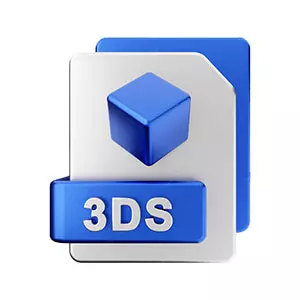

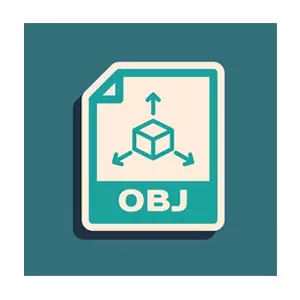
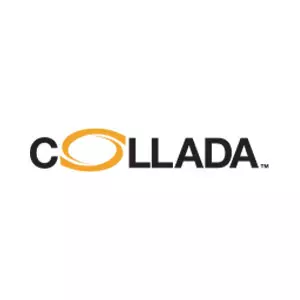
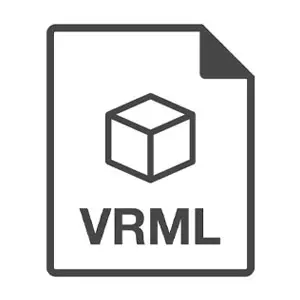


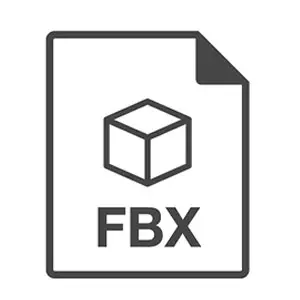
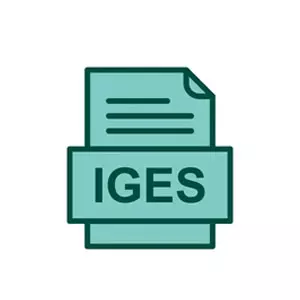
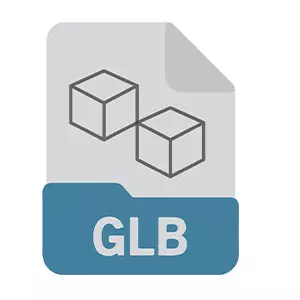
Social Media Video Editing